In a previous Insight Into Liturgy it was observed by one of the primary liturgists for the 1979 Book of Common Prayer (BCP), the Rev. Dr. Massey Shepherd Jr., that the time had come to move beyond Cranmer and the Tudor God of the 1549 Book of Common prayer and the subsequent American editions and, in essence, utilize the emerging theology of the Liturgical Movement as well as the more contemporary dimensions of a changing social milieu. And there is probably no more radical an example to be found in the 1979 Book of Common Prayer for these newer perspectives than the rite of baptism. For example, no longer was baptism to be seen as part of process leading to Confirmation and admittance to properly receiving Holy Communion; but instead “…full initiation by water and the Holy Spirit into Christ’s Body the Church.” By comparison the 1928 Book of Common Prayer explicitly states: “It is expedient that every Adult, thus baptized, should be confirmed by the Bishop, so soon after his Baptism as conveniently may be; so that he may be admitted to the Holy Communion.”
The above serves as an example of the theological and liturgical innovativeness of the 1979 BCP and its emphasis on the centrality of Baptism as the rite of membership, not a step along the way. Additionally the 1979 BCP includes rubrics which prioritize that baptism should be…”appropriately administered within the Eucharist as the chief service on a Sunday…and identifies several ancient baptismal Feasts as especially appropriate for the celebration of Holy Baptism: the Easter Vigil, the day of Pentecost, All Saint’s Day or the Sunday following, and the Feast of the Baptism of our Lord.” And there is a rubric which states that if there is no baptismal candidate on any of these four days the “Renewal of Baptismal Vows” (i.e. Baptismal Covenant) may take the place of the Nicene Creed. The theological themes of oneness and unity are conspicuous in the 1979 BCP baptismal rite. For example, the celebrant begins the rite with the following from Ephesians 4:4: “There is one Body and one Spirit” to which the congregation replies: “There is one hope in God’s call to us.” And from a theological perspective what is occurring to whomever is being baptized is not regeneration, as per the 1928 BCP, but rebirth; rebirth from death into life as with Christ rising from death into life through his resurrection. Obviously such seismic changes caused, at that time, a lot of controversy within the Episcopal Church, some reverberations of which remain to this day.
Another area of some controversy was the language in parts of the Baptismal Covenant. In many ways the “covenant” binds us to live into our baptismal life of faith, and includes sections which call upon us to seek and serve Christ in all persons, loving neighbor as self, striving for justice and peace, and respecting the dignity of every human being. These admonitions echo the social activism of the time of the revision, and consequently some saw the expression of them as having perhaps a social and political connotation. It has been observed the Book of Common Prayer is more than a liturgical manual but a theological compendium of a particular Church and Communion. Therefore, it has over time symbolized a significant number of things to a significant number of people; from “communion” to controversy, from heresy to orthodoxy, and the 1979 BCP is no exception. The Liturgical Movement had a major influence on it, particularly its inclusion and emphasis on the liturgies of the Early Church. As seen, the rite of baptism was among the most conspicuously altered in terms of theology and rubrics. In retrospect “Cranmer lives on” but ironically with adaptations from an even earlier heritage of our faith, and merged with a more contemporary social perspective. In a real sense, this is the power of the Holy Spirit and God’s grace at work for which we are the beneficiaries.

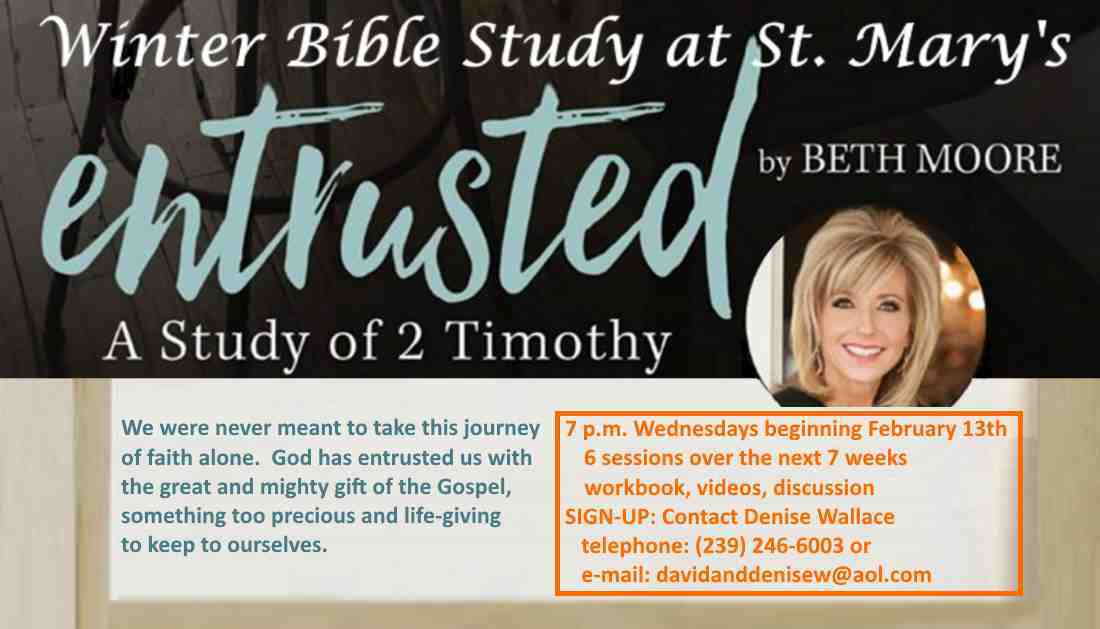
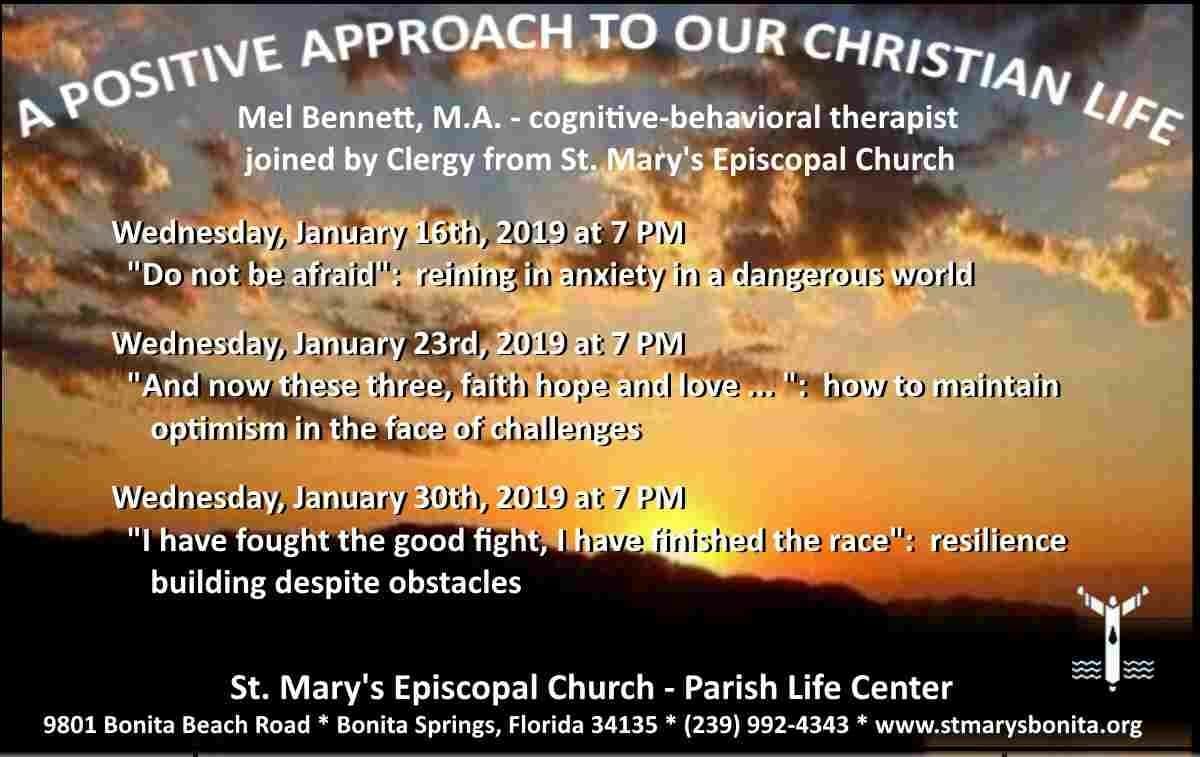
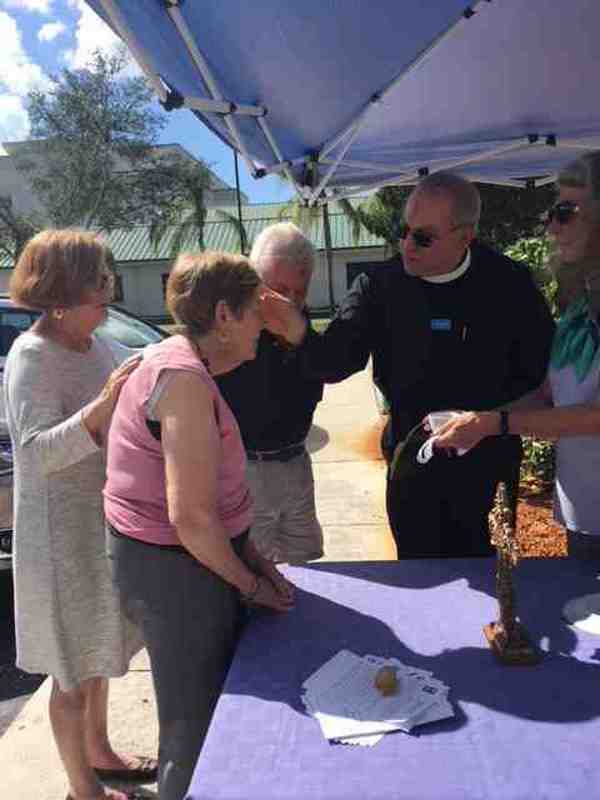
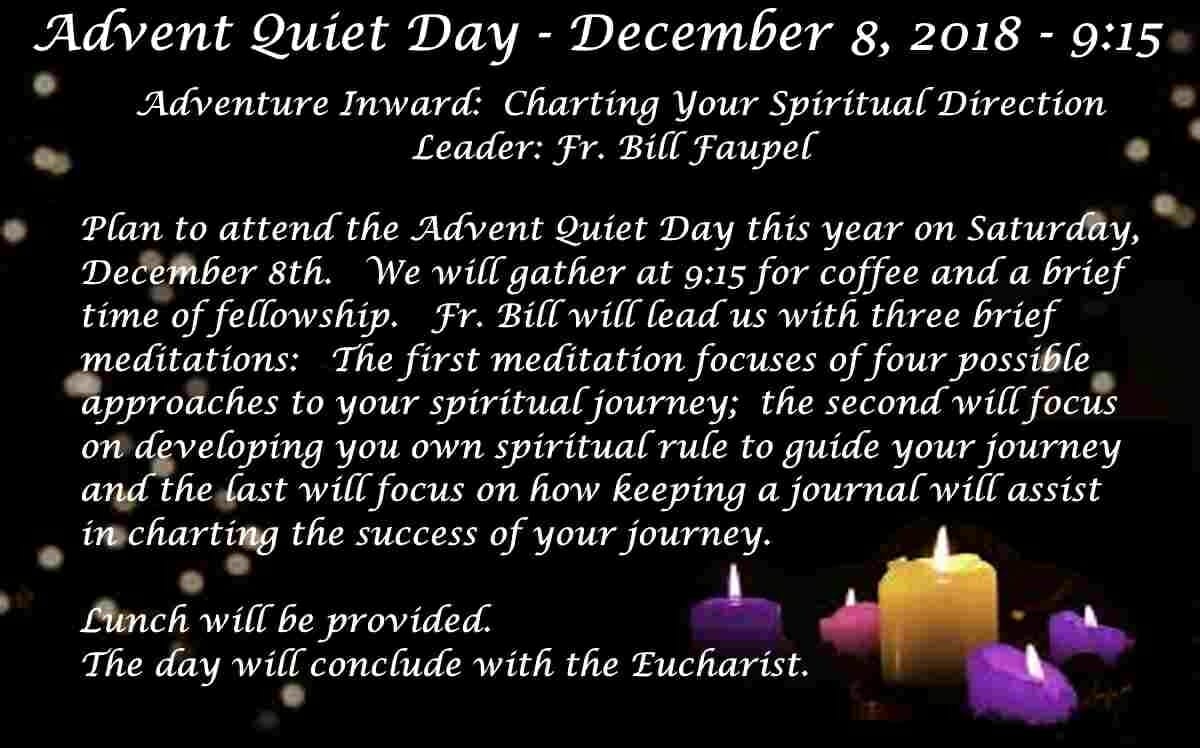
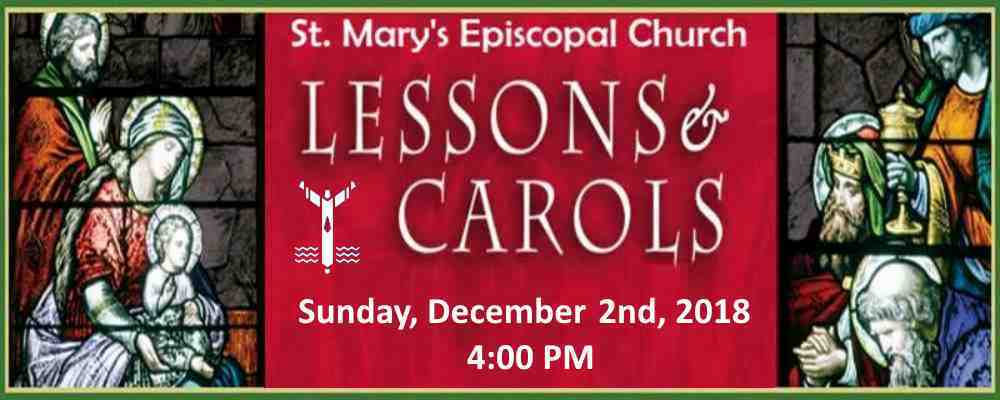

Leave A Comment